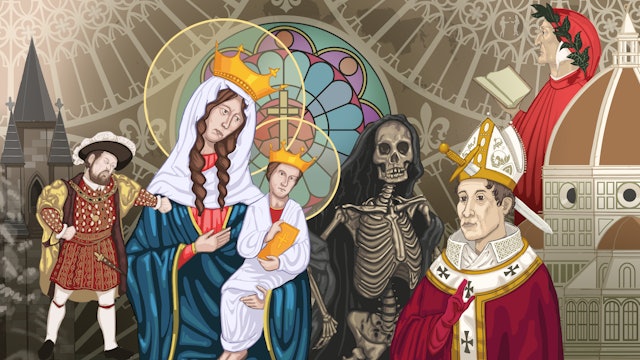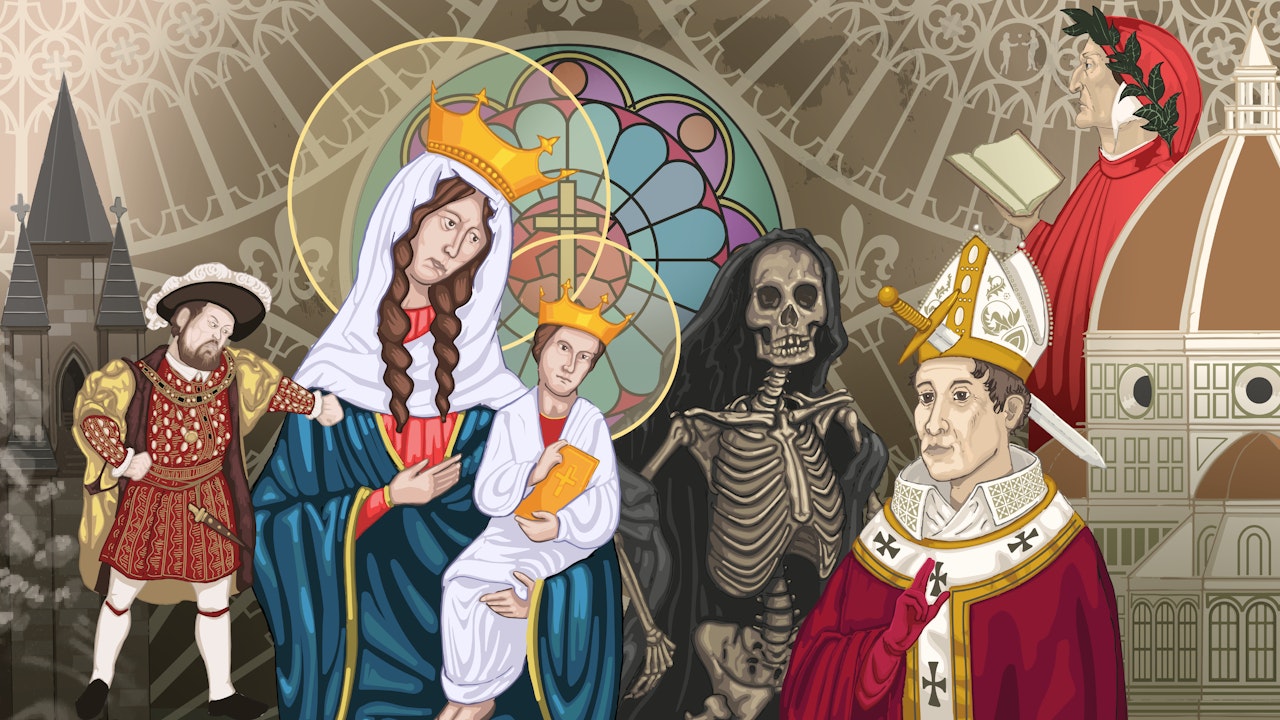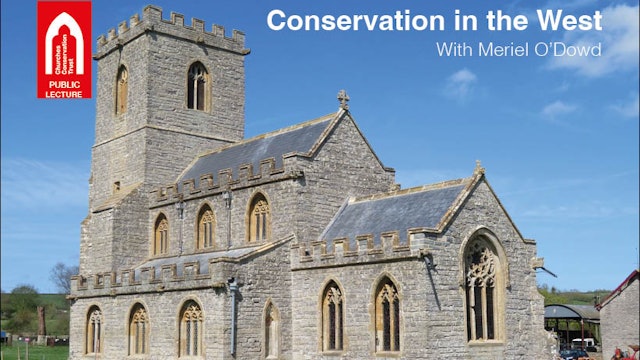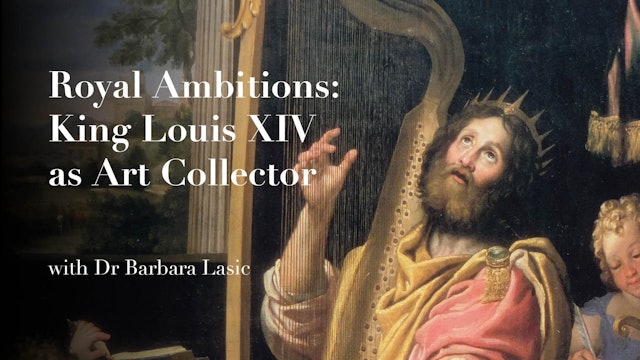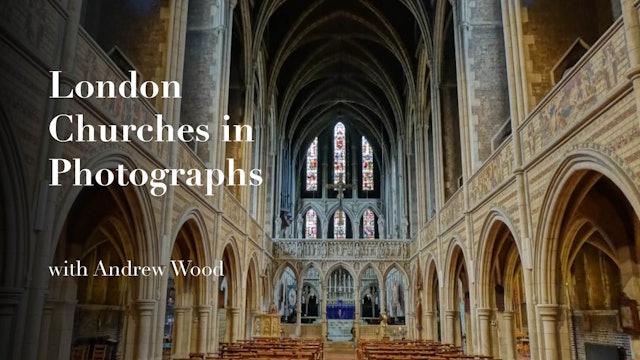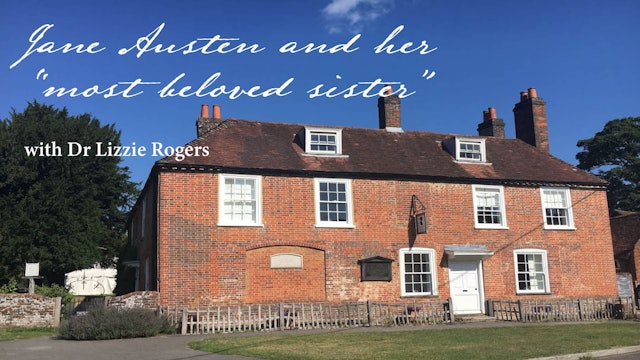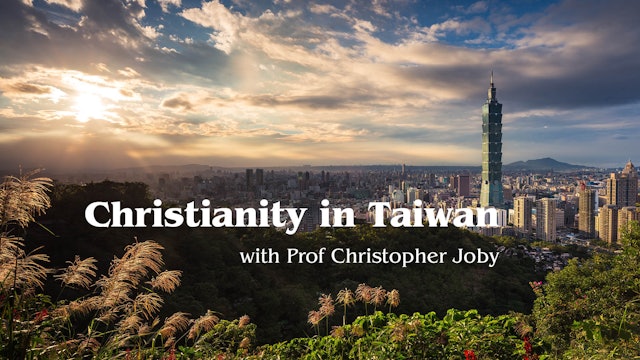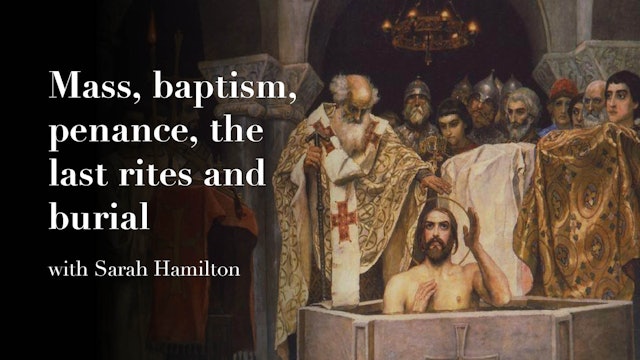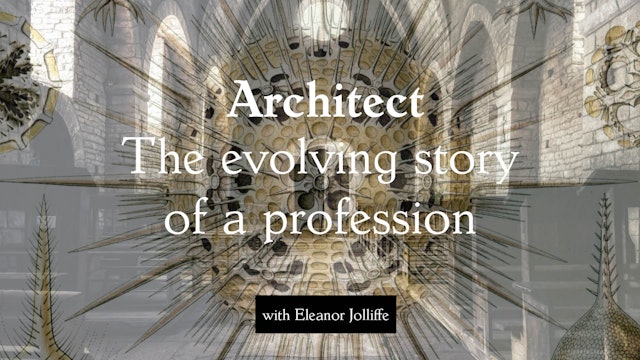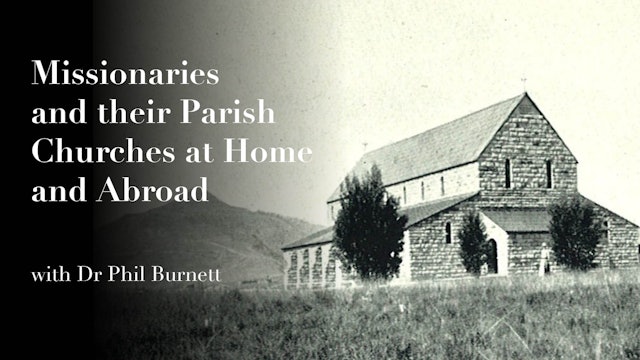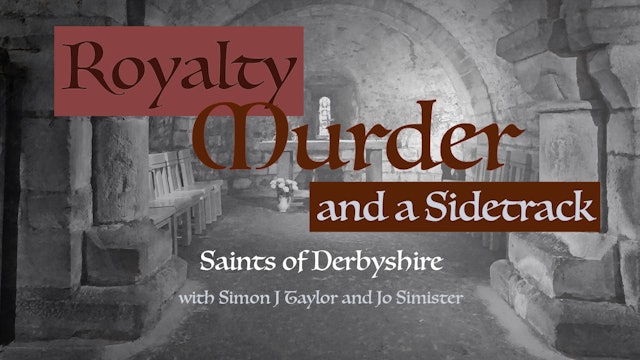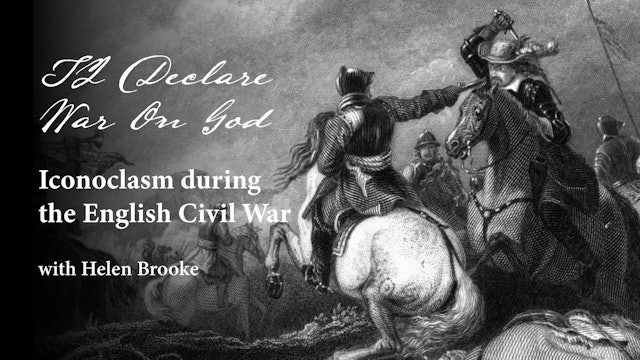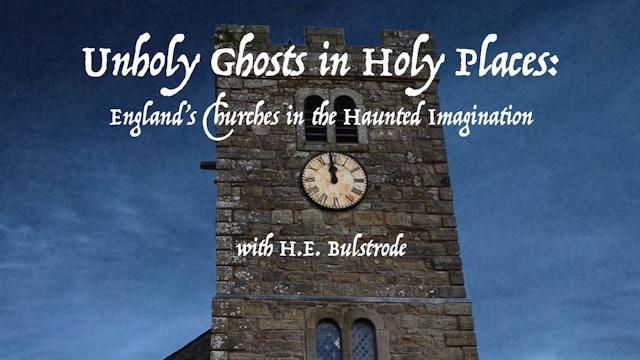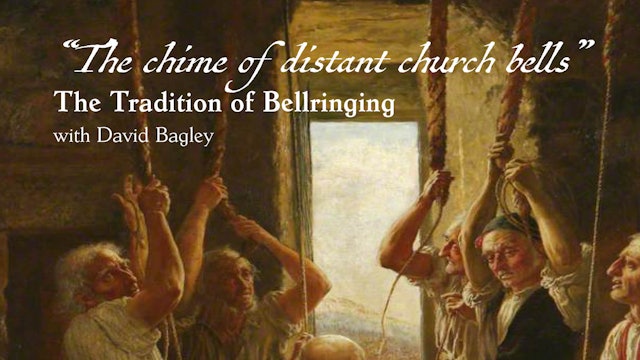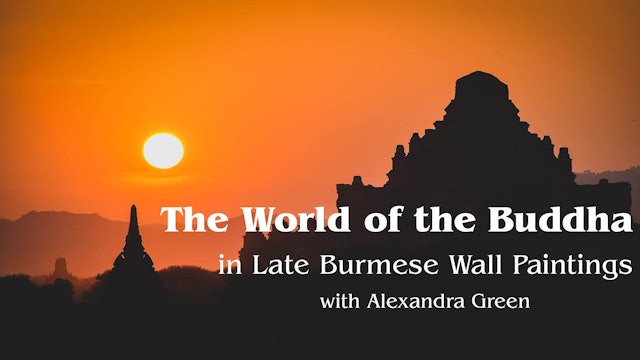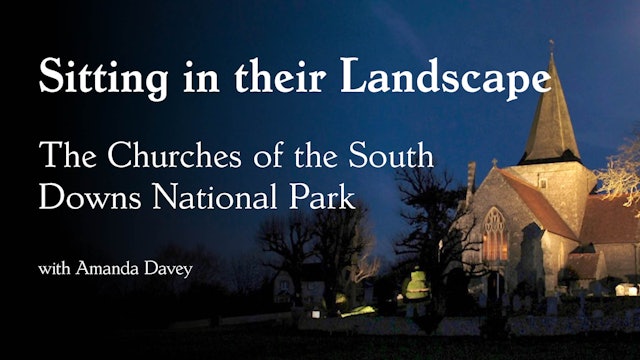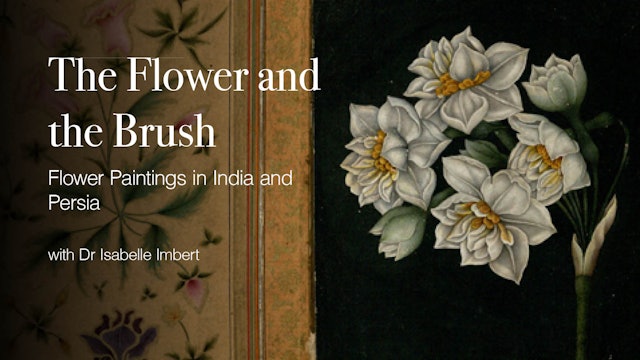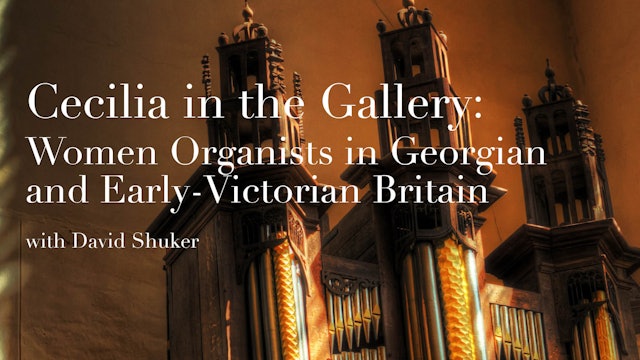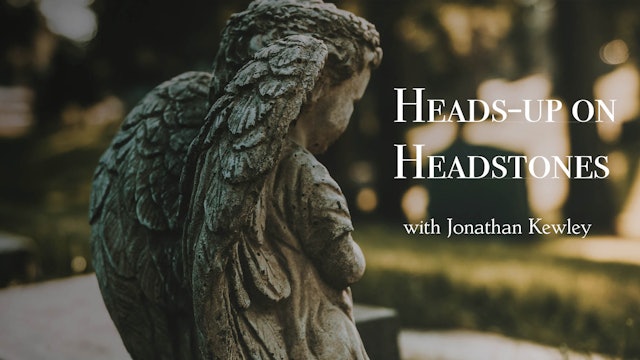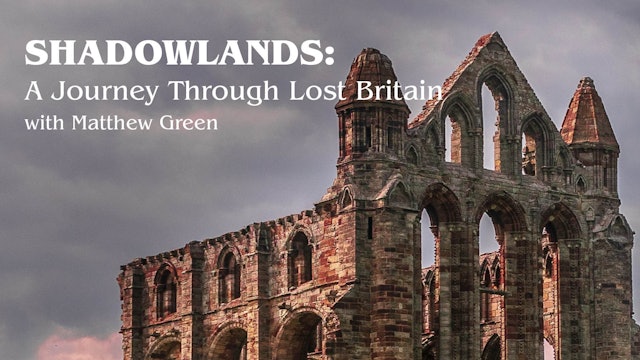Our Free Lectures
Whoever said churches were dull and boring clearly hasn't been following our weekly lecture series. Our free lectures take place live every Thursday online, but you can catch up on every single one right here. Our lectures explore everything from art, architecture, history, politics to even some pretty weird and wonderful topics too! Explore and watch them all here.
-
Reading the Room: Looking at Historic Graffiti in Churches
Graffiti expert Dr. Crystal Hollis explains how to "read" and interpret historic graffiti in churches from mason's marks to windmills. This fascinating lecture is a must-see for anyone interested in historic graffiti!
-
M R James and the Antiquarian Ghost Story: An episode of cathedral history
Academic, enthusiast, and ghost story writer. M R James has been at the heart of a long tradition of telling terrifying tales by the Christmas fireside. In this talk, William Lamb, Communications Officer at CCT, will talk about James' life, from childhood, to Cambridge scholar, to Provost at Eton...
-
The Past Present and Future of St Mary's Stained Glass
St Mary's Church in Shrewsbury holds a world-famous collection of both stained and painted glass, English and Continental. In 2022, the Churches Conservation Trust (CCT) was awarded a grant of £246,883 from the National Lottery Heritage Fund to repair and protect twelve windows at the Church. Thi...
-
'Trusting' in the CCT: from Significance to Sustainability with Dr Emma J. Wells
In this talk, Dr Emma J. Wells, a trustee of the CCT, will discuss her work with the Trust, why she is so passionate about the care of churches and therefore why she pens books about them, and how she became an ecclesiastical and architectural historian—and thrown in for good measure will be a fe...
-
Being a Parishioner in York, 1400-1700 with Professor Bill Shiels
In this talk Professor Bill Shiels discusses what life was like as a parishioner in York, 1400-1700.
-
Conservation in the West with Meriel O'Dowd
This talk looks at some of the recent projects that we have undertaken in the West region including the uncovering of the original paint scheme at Low Ham Church in the Field; and the heroic repair of Dodington Church roof structure. We will also explore some of the projects completed as a result...
-
Royal Ambitions : King Louis XIV as Art Collector
This talk explores the religious art works paintings and tapestries in the French royal collections.
Dr Barbara Lasic has published on the subject of French decorative arts, the history of taste and the history of collecting, and museum architecture. Her research interests include the production...
-
London Churches in Photographs - The Project
Following retirement and looking for a way to make use of all the photos Andrew Wood was taking of churches, he realised that there was not a comprehensive site for all the churches in Greater London. So, in late 2013 that became his goal and what we will hear about in this lecture.
Andrew is a ...
-
A Pilgrimage around Cumbria
In 2019 Anne Hayward walked on pilgrimage around the mainly rural county of Cumbria in the far north-west of England, one of her aims being to explore the unique and often complex heritage of the churches in this area. With a particular focus on archaeological evidence for the Angles and the Viki...
-
Jane Austen and her “beloved sister”
In Jane Austen’s writing, we see a celebration of sisterhood and female friendship: and in the writer’s real life, her sister Cassandra was her closest friend and confidante. In this talk, Jane and Cassandra’s upbringing at Steventon and their reliance on each other as they grew older will come t...
-
Christianity in Taiwan
This presentation explores the history of Christianity in Taiwan, which can be divided into three distinct phases. In the seventeenth century, Dutch and Spanish missionaries brought Christianity to Taiwan. The Dutch translated biblical and liturgical texts into indigenous Formosan languages as pa...
-
Mass, baptism, penance, the last rites and burial
Sarah Hamilton researches the medieval liturgy and has written variously about particular liturgies, including the sorts that might have been performed in local churches in the central Middle Ages, touching on how they might be performed in different spaces.
Professor Sarah Hamilton’s research f...
-
Architect: The evolving story of a profession
From the very first moments of humanity we have had a need for shelter, and have sought to create it where it does not naturally occur. This talk will consider the role of architects in society almost from those first moments glimpsing some of the highs and lows of the profession throughout its w...
-
Missionaries and their Parish Churches at Home and Abroad
These buildings were important, because they were not only where services took place, but they also created a 'home-away-from-home' and a sense of familiarity in what were often hostile and unfamiliar environments. Like the parish church buildings of England, these mission churches were at the ce...
-
Royalty, Murder and a Sidetrack
Saints Diuma, Wystan, Guthlac and... Chad. We were puzzled. Who were these people? Chad we knew, but the others? – and Eormenhild, Werburgh, Aelfritha and Edburga? And why did John Betjeman famously describe Repton crypt as ‘holy air encased in stone’? Derby Cathedral published a book 'Saints of...
-
"I Declare War On God"
The English Civil War (1639 – 1653) saw the participation of Scotland, England and Ireland embroiled in conflict and by August 1642, Civil War broke out. Not only the lives of those this country, religion, parliament and state that were affected by the Civil War but most importantly cities saw th...
-
Unholy Ghosts in Holy Places
In this talk, H.E. Bulstrode serves as your guide to a number of ecclesiastical locations that have fed into his ghostly and supernatural fiction, examining the folklore and artefacts, as well as the curious histories, attached to a number of our English parish churches.
H.E. Bulstrode grew up i...
-
Traditions of Bell Ringing
There are hundreds of bells in churches looked after by the Churches Conservation Trust. In this talk, bell ringer David Bagley will describe how they are hung, how they are rung, and how they are used.
David Bagley has been an active church bell ringer since 1977 and has rung the bells at over ...
-
The World of the Buddha in Late Burmese Wall Paintings
Step into a Burmese temple built between the late seventeenth and early nineteenth centuries and you are surrounded by a riot of color and imagery. The majority of the highly detailed wall paintings displays Buddhist biographical narratives, inspiring the devotees to follow the Buddha’s teachings...
-
Sitting within the Landscape
Building on a project that began as the search for access to public footpaths across the South Downs National Park, Amanda has been working with her husband Simon Davey on a book to celebrate the churches, chapels, ruins and places of worship across the area - looking at how these iconic building...
-
The Rose and the Brush
During the spring 1620, the emperor of the Mughal dynasty, Jahangir, visited the region of Kashmir. In his memoirs, he described with awe the colourful flowers he saw, all in bloom at this time of the year. He also related how he tasked one of his imperial artist, Mansur, to paint more than a hun...
-
Cecilia in the Gallery
It is probably one of the uncelebrated triumphs of the Georgian Anglican Church that, in most parishes where they were appointed, women organists were employed on the same terms as men. They took part in open elections and when appointed they received the same salary. This would appear to be an e...
-
Heads-up on Headstones
Most old churches, including those cared for by the CCT, are surrounded by churchyards full of gravestones, but how much do we know about them - the variety of forms they take, and who commissioned or made them? This talk will give an initial overview of English churchyard memorials from the Refo...
-
Shadowlands: A Journey Through Lost Britain
This is the forgotten history of Britain's lost cities, ghost towns and vanished villages: our shadowlands.
Britain's landscape is scarred with haunting and romantic remains; these shadowlands that were once filled with life are now just spectral echoes. Peering through the cracks of history, we...

